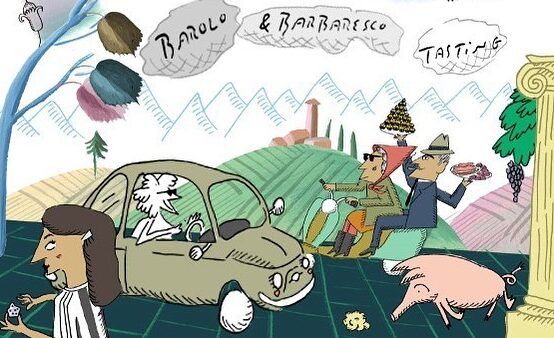“Mitchell is a strong advocate for a Piemontese month. I would certainly have no problem drinking nothing but these wines for a month,” writes McCleery.
Wine director at Jeroboams, Peter Mitchell MW, has an answer to the oncoming Burgundy shortages, “people should be buying more Barolo and Barbaresco … the quality is outstanding, and the wines remain great value by comparison.”
I am talking to Mitchell at Jeroboams’ Festa Piemontese – an opportunity for both their trade and private clients to taste recent vintages of two of Piedmont’s best-known wines.
When asked, Mitchell is clear that the trade could be doing more to sell these wines, “in the trade we tend to know a lot about Bordeaux and Burgundy – the different appellations and microclimates but it’s not often that people have the same depth of knowledge of the wines of Piemonte … the wines quite often have a token representation on wine shelves and in restaurant lists, which is a shame and also an opportunity.”
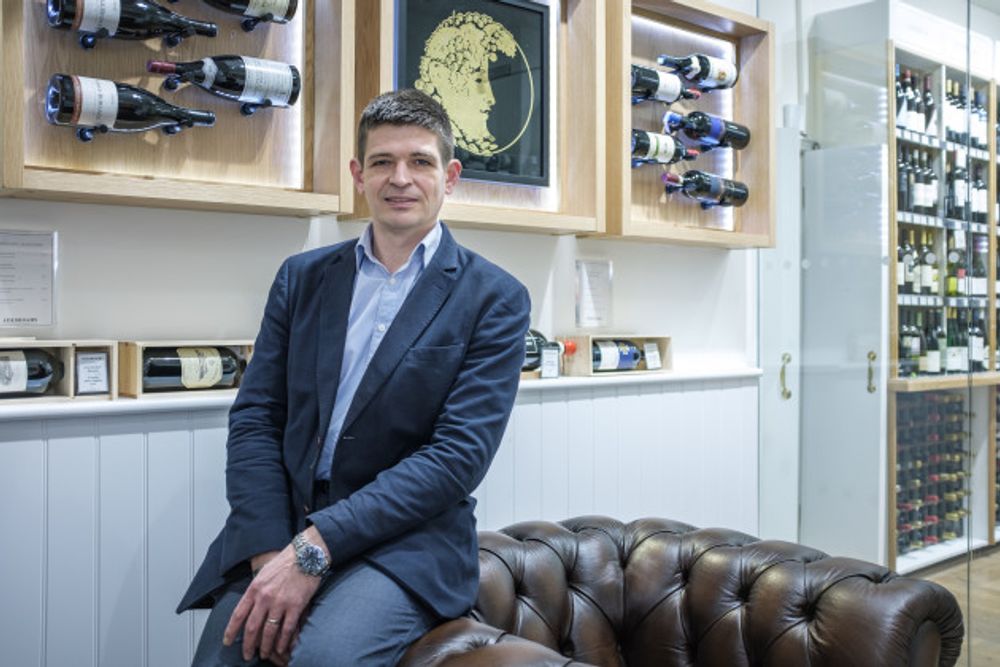
Peter Mitchell MW believes there is an opportunity for Piedmont wines in the premium on-trade
He thinks the 2018 is a terrific vintage and, whilst acknowledging that it sits between star vintages like 2016 and 2019, it has a tremendous amount to offer.
“I don’t understand the machoistic approach to wine drinking that comes with having to wait years for the wine to be ready to drink … 2018 is a hedonistic vintage. Yes, growers needed to manage the early rain, but where they did that successfully the wines are immensely pleasurable. Perhaps the Barolo wines didn’t reach their very highest peaks but there are some real gems. The wines aren’t stern or difficult. There is tonnes of beautiful, voluptuous red fruits, lightness, and freshness with ethereal qualities …And, I say again, the value is amazing, Barbaresco especially.”
There has been a fair amount of ambivalent shoulder-shrugging with regards to the 2018 vintage, but it pays to listen to the likes of Mitchell who clearly knows his stuff when it comes to all things Piedmont.
It is Mitchell’s expectation that 2019 will be as good as the much-lauded 2016 vintage. A regular growing season with heat spikes in June and July has given the wines considerable richness, with cool nights towards the end of the growing season, ensuring freshness and poise in the wines.
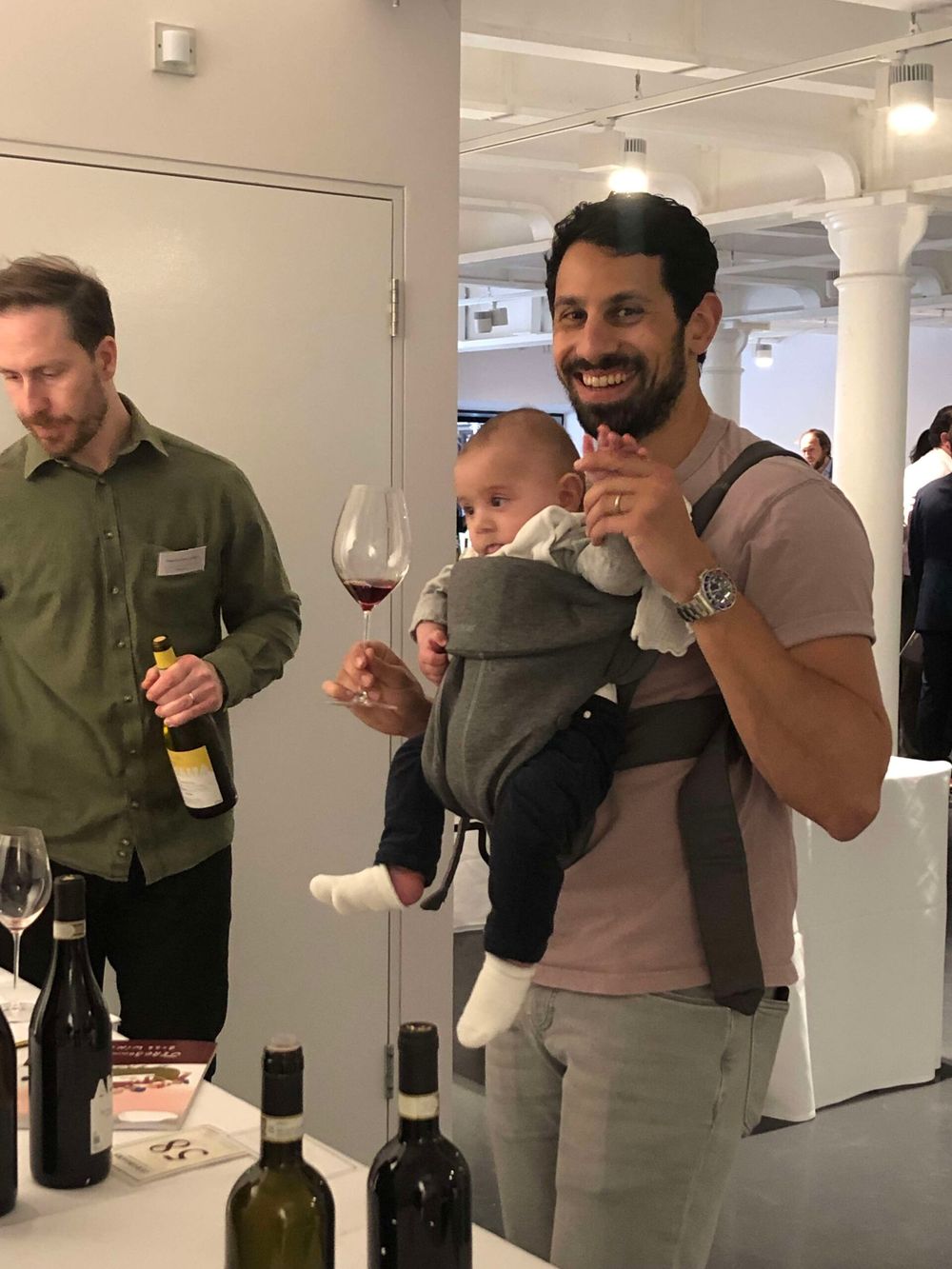
Festa Piomentese: a trade and customer event, May 5, 2022
The pick of the wines at Festa Piemontese
I share Mitchell’s enthusiasm for 2018. Where it doesn’t deliver joy for me, is when producers try to wring a seriousness out of the wines that nature clearly hadn’t intended. I also agree that some of the 2018 Barbaresco wines on show were cracking value.
Of the 2018 Barbaresco wines on show, the two from Castello di Verduno really impressed. They describe their wine-making as ‘traditional’, with open-top fermentation, followed by long ageing in large oak barrels.
The Castello di Verduno Rabajá-Bas was laden with squashed, ripe summer strawberries. It was fresh and elegant with a wonderfully savoury edge. The higher-altitude, Rabajá had a similar fruit structure, though richer and slightly more austere.
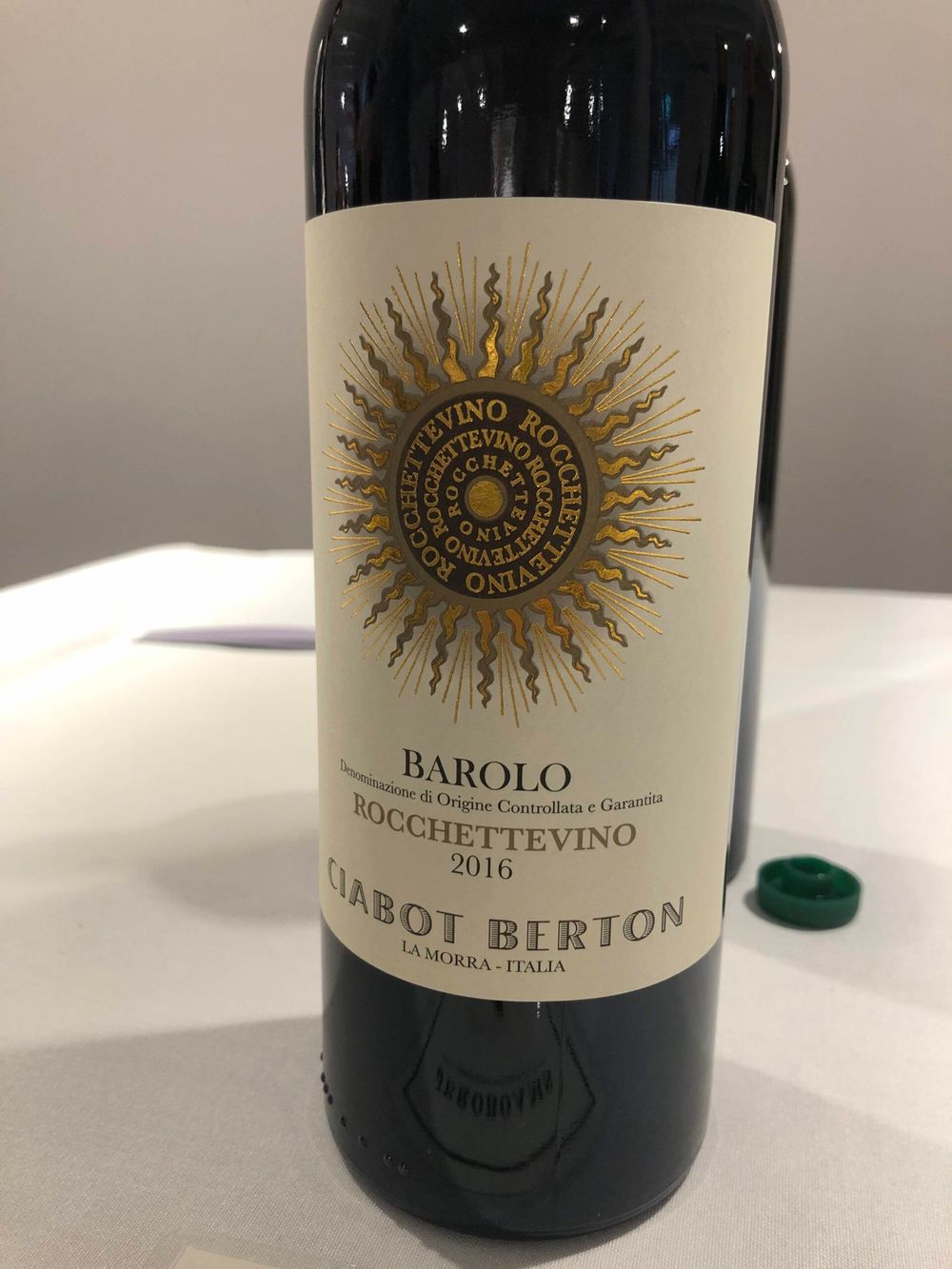
Demonstrating Mitchell’s views on value for money, the Barolo wines of Ciabot Berton punched impressively above their price point. All the estate’s vineyards are located in a selection of La Morra’s finest crus. Fermentation takes place in concrete and ageing is in large oak barrels, with the aim of preserving the individual characteristics of each vineyard.
Rocchettevino is an east / south-east facing vineyard planted at 350-400 meters above altitude, purchased by owners, the Oberto family in 2000. Fleshy, fruity, and ripe, underscored with balsamic, I loved the completeness of the 2018 Barolo made here.
I found Roggeri 2018 to be more angular but with a lovely, broad, and plump mid-palate. This cru covers four hectares and includes some of the oldest vineyards in the family’s portfolio. The deep, clay soils play a noticeable part in the wine’s evident structure.
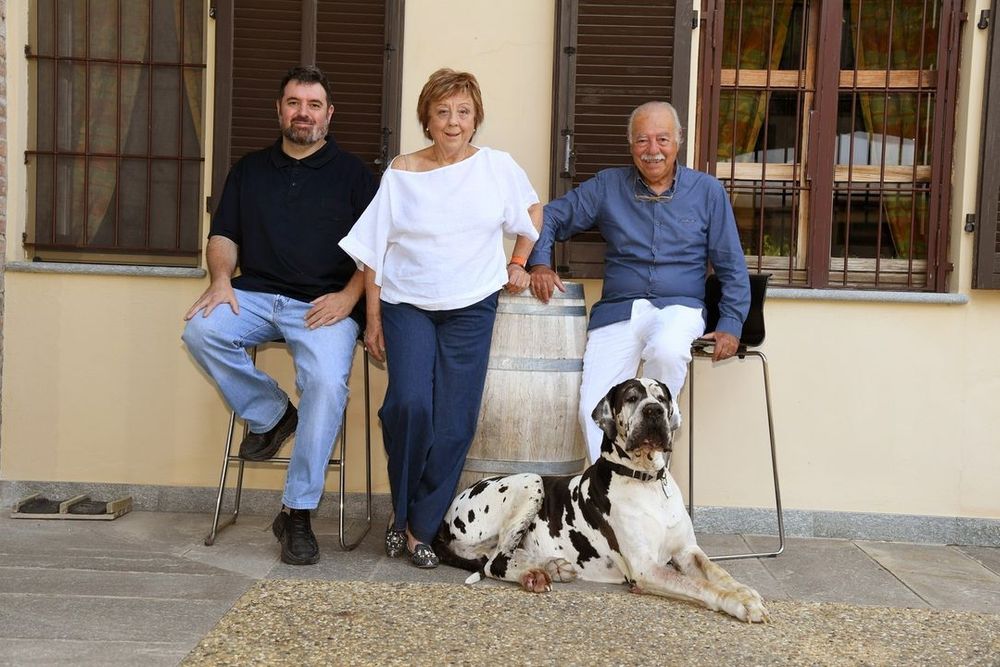
A future star to watch: Amalia was started in 2003 by the Boffa family
Another estate that offered impressive value was Amalia. The Barolos were typically drier than those from Berton and arguably more traditional. The 2018 Bussia was taught and beautifully-balanced. For me, La Coste de Monforte had a bit more flesh on its bones, and I liked its earthy character too.
The Ceretto line-up was a joy from start to finish. 2019 Barbaresco was floral, elegant, and black-fruited. Grainy tannins, smoky and fresh. Forced to choose between the cru Barolo wines, the dynamic 2018 Barolo Brunate was easy to love. Just my sort of wine it was lithe and earthy, the fruit abundant and with a lovely, energetic feel.
Bussia kicked off with inviting aromas of semi-dried tomatoes, red fruit, and blue flowers. Fine tannins supported this beautifully structured wine, that was pretty irresistible stuff
Mitchell is a strong advocate for a Piemontese month. I would certainly have no problem drinking nothing but these wines for a month. Delicious.
- Jeroboams is a supplier partner of The Buyer. To discover more about them click here.
